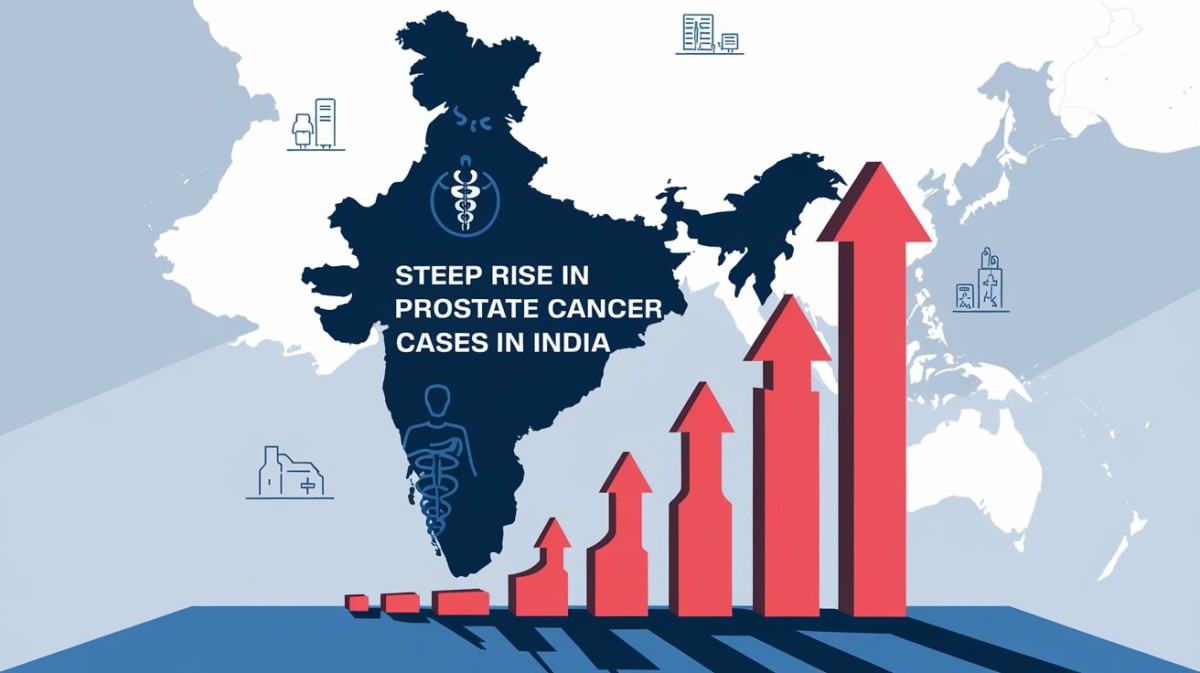Prostate cancer remains one of the most rampant disease that has contributed to many related deaths globally. While it has been a significant health concern for decades, recent projections paint a concerning picture. Prostate cancer cases are projected to increase by 92% for all the regions of the world and total deaths are expected to rise by 85% between the years 2020 and 2040. The Lancet Commission on prostate cancer also explains that the burden of Prostate cancer will be high in low-middle income countries or LMICs and consequently India soon.
Prevalence of Prostate Cancer in India

India is amongst the leading countires in the world with such tendency, as it is influenced by the fact of having a great population. Although accurate numbers are difficult to capture because the disease is under-diagnosed and there is diminished evidence gathering in LMICs, prostate cancer is a major problem in the country. The occurrence rate of prostate cancer in India has been increasing and it has become common in males.
Incidence of Prostate Cancer in India
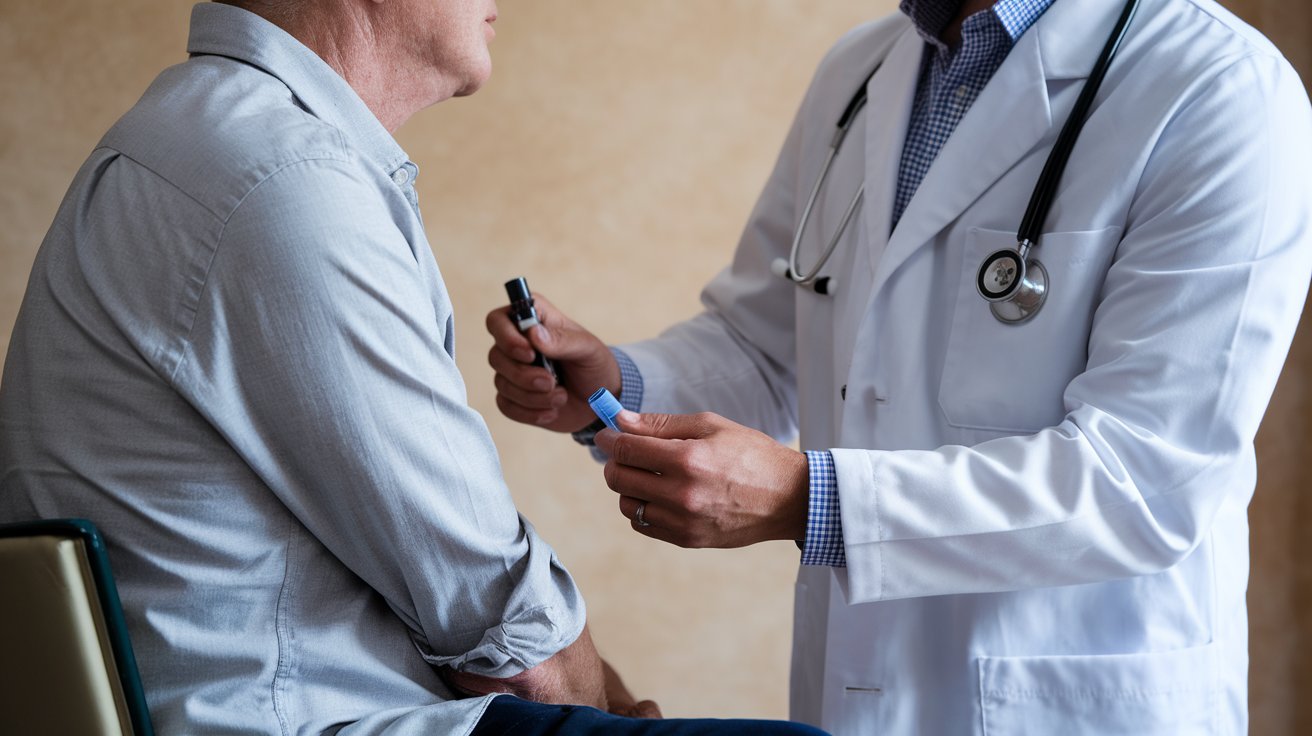
Current trends on the occurrence of prostate cancer among men in India also shows some tendencies to differ in regions as well as between urban and rurally developed regions. Such differences may be explained by life experience, nutrition, and attitudes towards a healthy lifestyle and medical care. However, the overall trend is clear: new cases of prostate cancer in India are being reported with ever rising statistics.
How Common is Prostate Cancer in India?
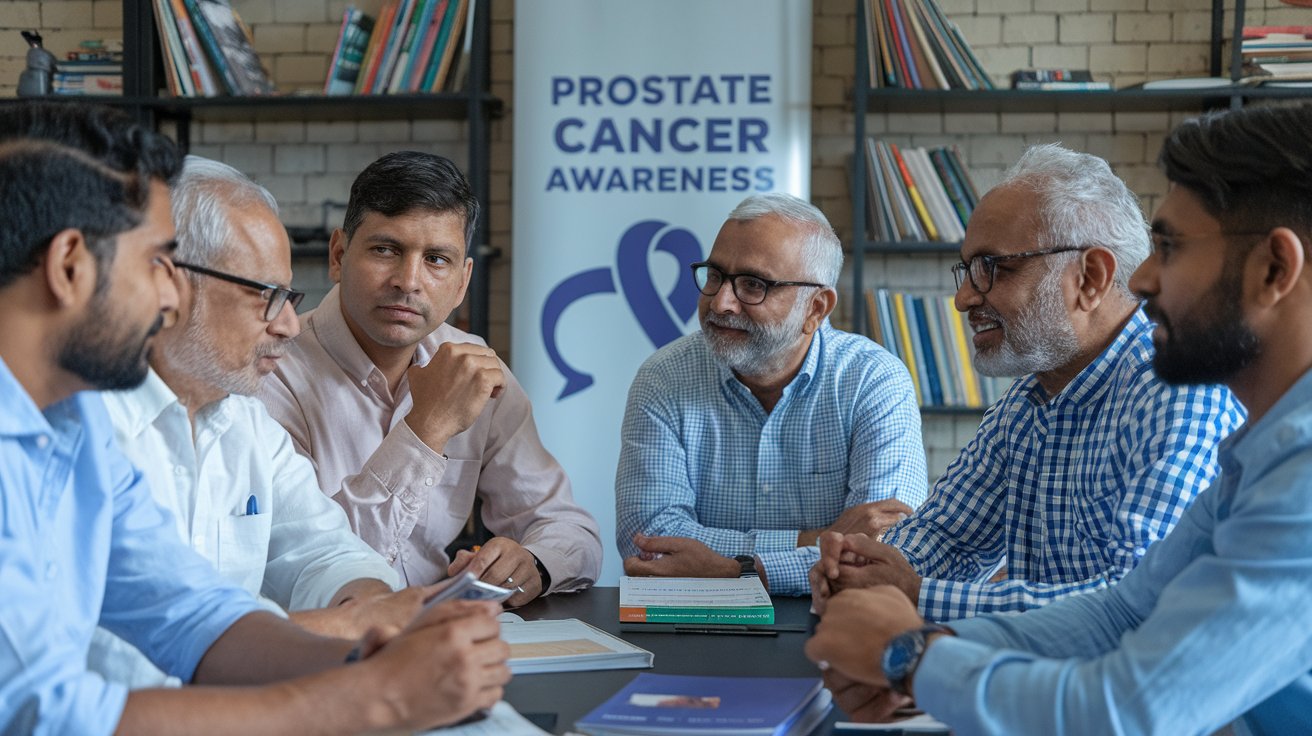
It is impossible to give the exact percentage due to the lack of necessary data, nevertheless, prostate cancer, for example, is one of the most widespread ones in India among men. The disease falls among the leading causes of cancer related deaths in the country. The reason include aging, population density, and modification of lifestyle among other factors that have been attributed to the increasing rates of the diseases.
Prostate Cancer Cases in India
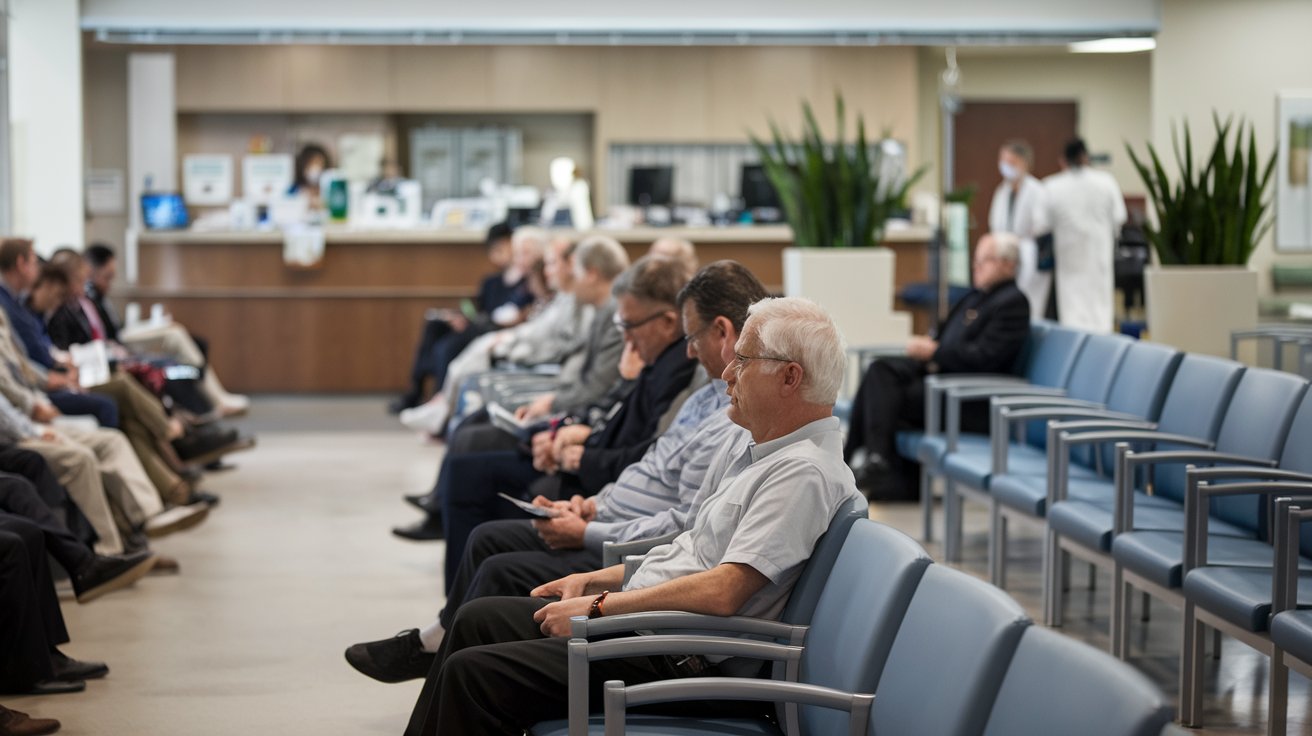
The number of prostate cancer cases in India is expected to continue to rise in the coming years. This increase is driven by several factors, including:
Population growth:
The greatest challenge in India is that it has a very large population, and hence if the rates are adjusted slightly, it will mean a lot of new cases.
Increasing life expectancy:
Even if people above 50 years live longer, they are bound to be diagnosed with different age-related diseases inclusive of prostate cancer.
Urbanization:
Migration from rural to urban areas also results to changes in life style, eating habits and other factors that may predispose an individual to develop prostate cancer.
Improved awareness and diagnosis:
While there are still cases where the prostate cancer is under-diagnosed, the prostate cancer awareness is on the increase and many more men are presenting themselves to seek medical help.
Prostate Cancer Survival Rate in India
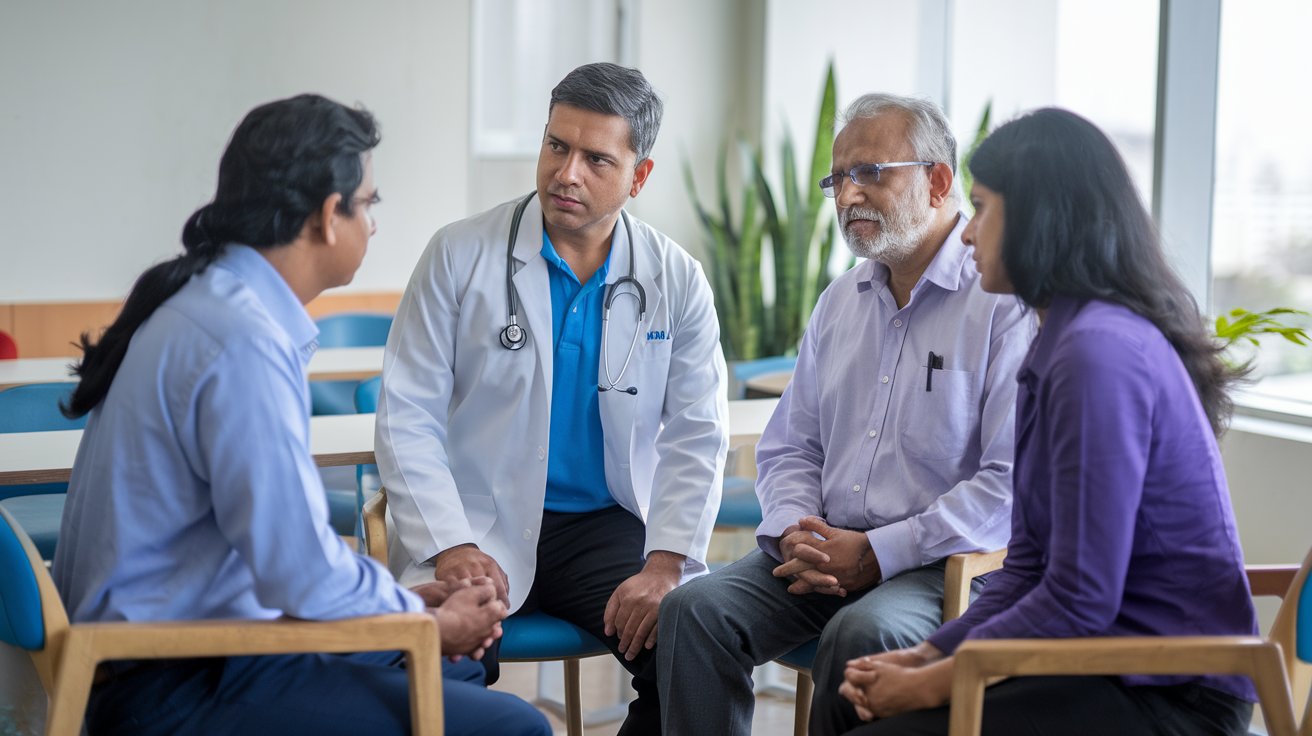
Prostate cancer survival rates are determined by the stage of this disease at the time of diagnosis, the type of treatment received by a patient, and availability of quality care facility in India. Although, great progress has been made to enhance the survival rates on the foreign fields, there are further possibilities. The earlier the disease is detected and treated the higher the possibility of the patient’s survival.
Can Prostate Cancer Spread to Another Person?
Well, it should be noted that prostate cancer is not an infectious disease and cannot infect people. It is a condition that occurs within the prostate gland, which means that the condition is not an infection that is brought about by a virus or bacteria.
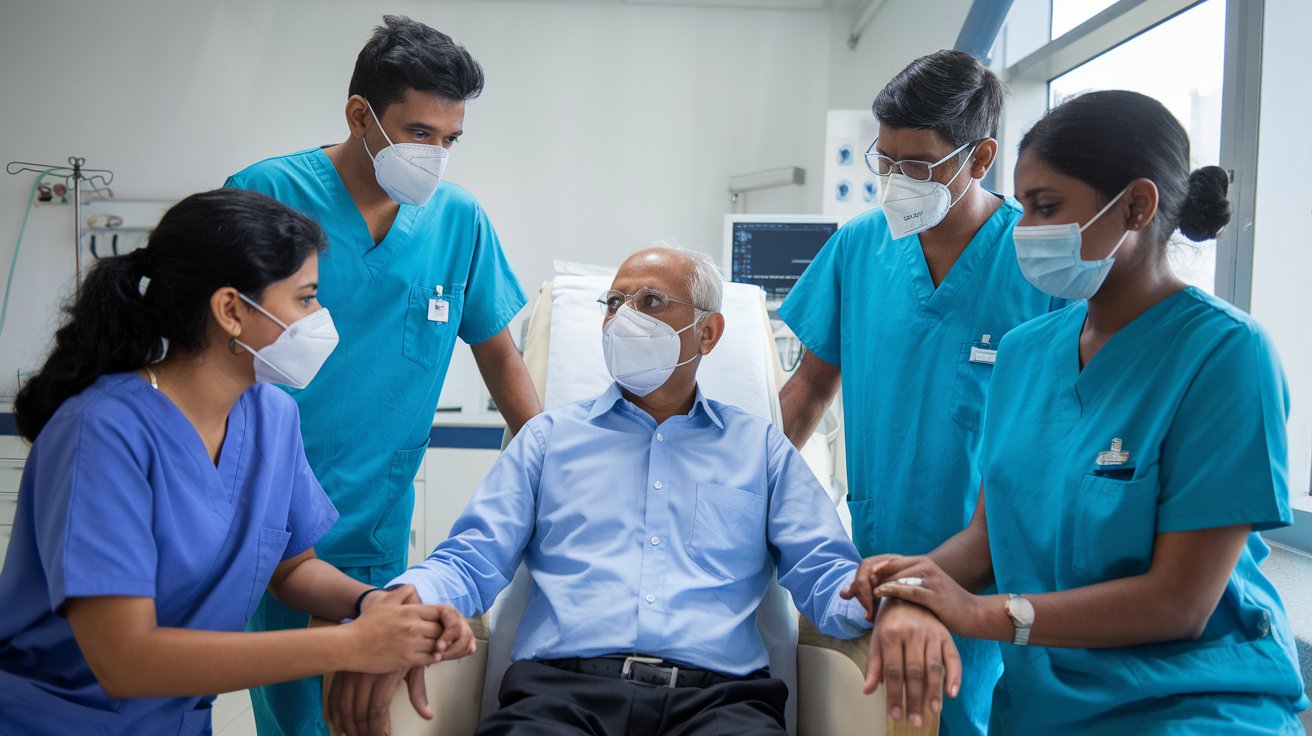
This future raise in the incidence of the prostate cancer on the national level, is considered as a serious problem in the sphere of medicine. Addressing this issue requires a multifaceted approach, including:
Raising awareness: Official campaign whose aim is to increase people’s awareness of certain risk factors, signs and the necessity of early diagnosis.
Improving access to healthcare: Improving the general welfare and opportunities of men, across the strata, in order to get the best possible care; especially in prostate cancer screening and treatment.
Conducting research: Backing research for use in creating novel and efficient therapy for prostate cancer.
Promoting healthy lifestyles: Measures including drinking of clean water, taking of healthy foods and carrying out body exercises without the use of tobacco and excessive alcohol products.
Thus, this powerpoint will highlight these steps necessary in order to decrease the instances of prostate cancer and as well as enhance the quality of application for those people afflicted by this type of cancer.
When to See A Doctor:
I would recommend an annual health checkup for every person especially for those who are 40 years or above.
The checkup should include:
❖ Routine blood tests CBC Liver function
❖ Kidney function
❖ Thyroid function
❖ Lipid profile
❖ Urine test
❖ HbA1C
Certain cancer screening blood tests like CA19.9, CEA, PSA (men) CA125(Women)
Along with that:
❖ Ultrasound Abdomen and Pelvis
❖ Chest xray
❖ ECG
❖ 2D Echo
❖ TMT
In any multispeciality hospital, all of these tasks can be completed in half a day... And the going rate would be roughly Rs 6000.
Every five years, endoscopy and colonoscopy are performed to screen for colon, stomach, and esophageal cancer.
Women should get a mammogram every year; this test is typically covered under the comprehensive checkup package.
Owing to the sharp increase in cardiac illnesses, particularly in the younger population, I would also advise getting a CT coronary angiography once every five years to look for early heart blockages.
The most crucial elements of maintaining good health are eating a diet rich in vegetables and avoiding fried and sugary foods.
Constantly eat until 80% full. and not before you are able.
The American Heart Association suggests doing cardiac exercise five times a week, which includes two days of weight training, to raise your heart rate to 120 beats per minute.

